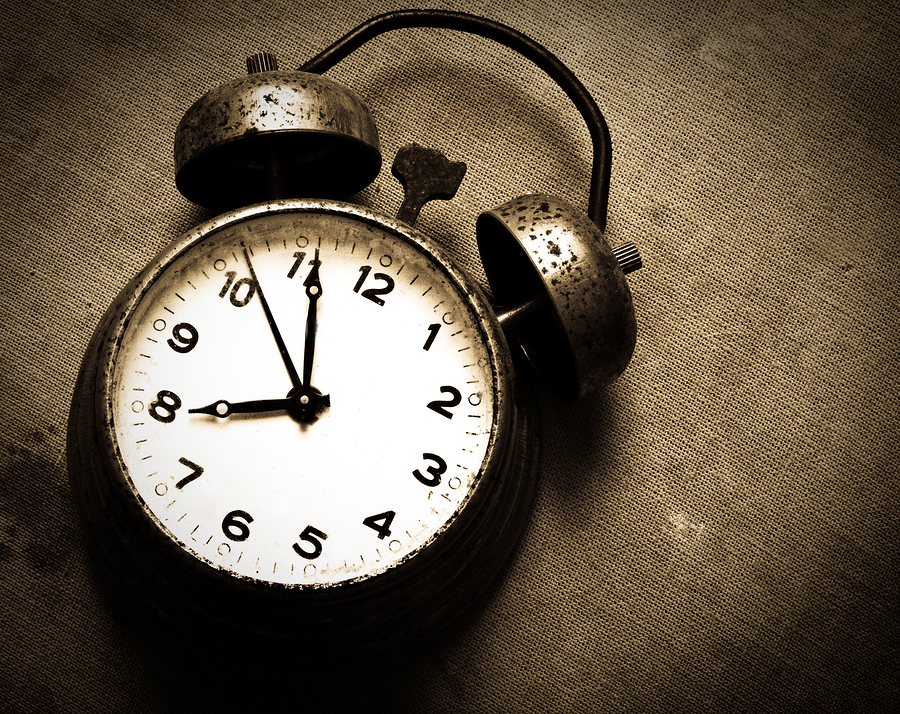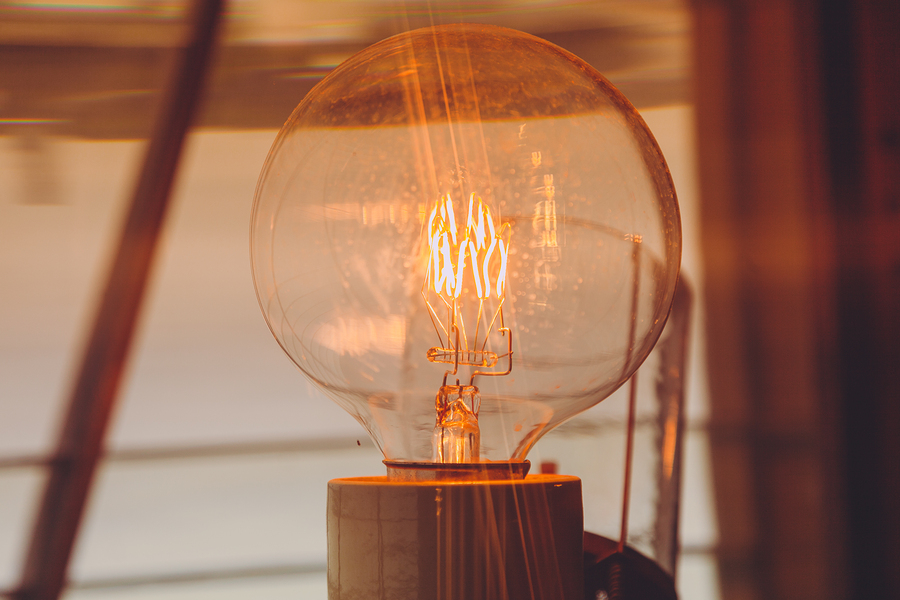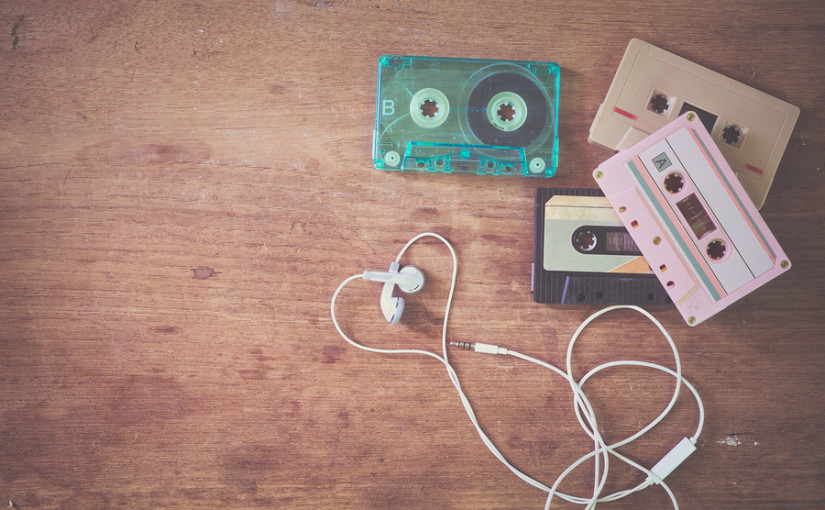The WEEE Directive governs the disposal of electrical goods – its shorter name is much more fun, but to give it its full title, it’s the Waste Electrical and Electronic Equipment Directive 2012/19/EU and it originally set a target for EU member states to recycle 2% of electrical waste by 2016.
We’re past that point now, but it’s still easy to forget that there are lots of electrical items that can be recycled quite effectively, and even those that cannot should not just be hidden in the bottom of your wheelie bin.
What electrical items can be recycled?

It’s a long list – for example, Recycle Now list all of the following electrical equipment that can be recycled:
- Alarm clocks, CD/DVD players and games consoles.
- Kettles, toasters, food processors, microwave ovens.
- Hairdryers, curling tongs, hair straighteners.
- Electric toothbrushes and electric razors.
- Lawn mowers, hedge trimmers, leaf blowers.
- Lamps, torches, telephones, radios.
- Vacuum cleaners, printers, cameras and camcorders.
- Smoke alarms.
You can see the kinds of things that are recyclable – so if you have other electrical goods to be recycled and they’re similar to any of those listed above, there’s a good chance they can be recycled too.
What electrical goods cannot be recycled?
It’s not so much a case of which electrical goods cannot be recycled – it’s more a question of how. Large, bulky items like washing machines and big-screen TVs are less likely to be collected at the kerbside, for instance.
Working items should be directly reused where possible – you might even be able to sell them to a friend or family member, online or at a pawn/second-hand shop, or donate them to charity.
If you have your own transport, check if your local council tip accepts electrical items separately.
Or if you are hiring a skip for electrical equipment, ask your skip hire provider if they have any specific instructions on how they prefer to collect such items – for example, if you need to remove bulbs and batteries, and whether you should leave cables and plugs attached.
How is WEEE recycled?

Again it depends on the item. Items fit for direct reuse will often be kept intact, but it’s up to you to make sure they are collected in good condition if you want them to stay in one piece.
General WEEE waste thrown into a skip – whether at the council tip or collected from your property by a skip hire provider – will go through processing to remove any potentially harmful materials, such as battery acid and light bulbs with mercury in them.
The remaining mixed plastic and metal waste is then shredded and carefully separated into each individual material type, allowing it to be recycled into pure new materials.
Metals will be reused along with other recycled metal, such as from drinks cans and food tins, while the mixed-grade plastic can be used for new products – something many people do not realise.
In some cases this plastic finds its way into street furniture and other outdoor fittings for public spaces, so the next time you sit on a bench on your local high street, you might be sitting on your old TV.
